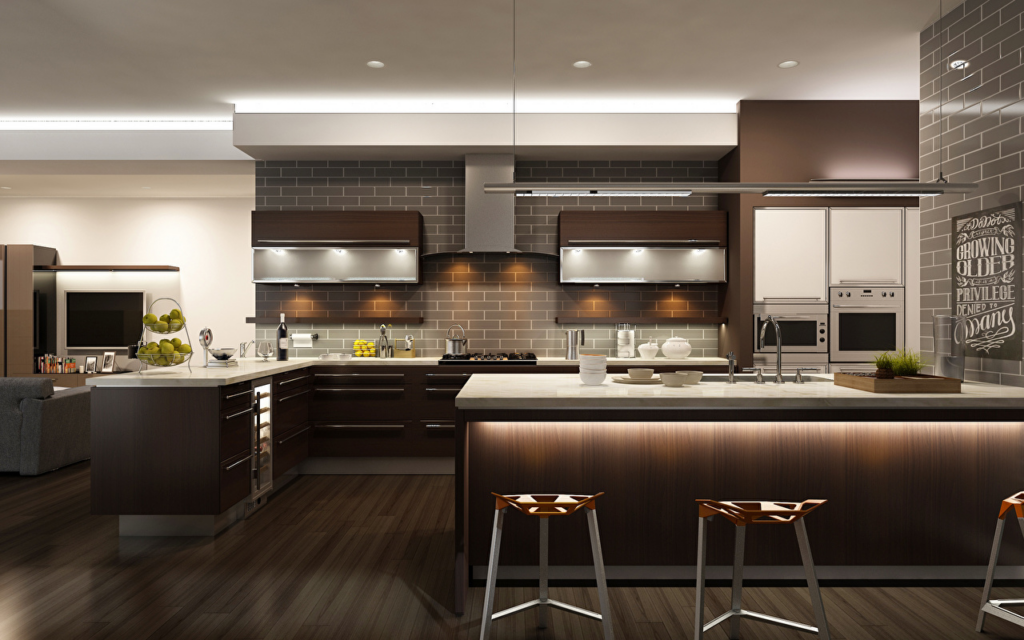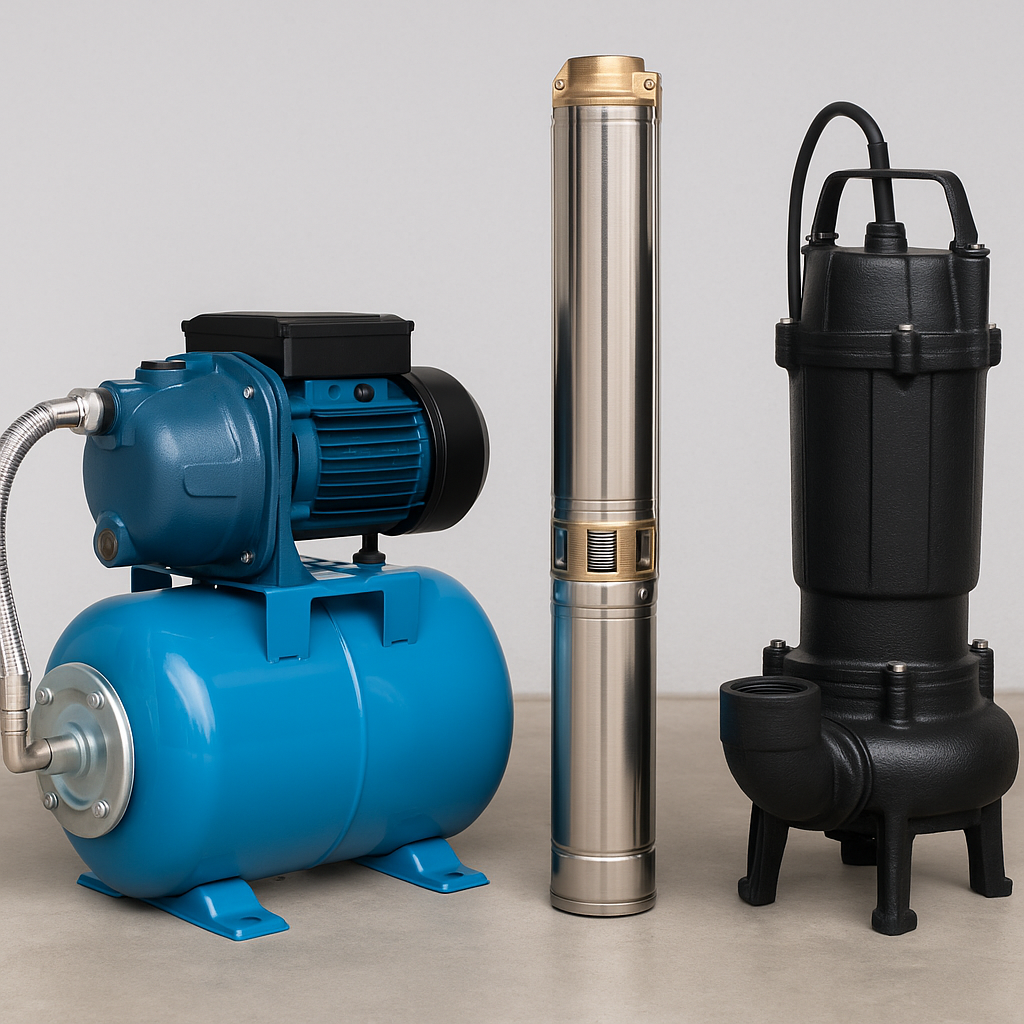The kitchen is often referred to as the heart of the home. As interior design trends continue to evolve, minimalism has gained remarkable popularity, particularly in kitchen spaces. But is minimalism truly the best approach for kitchen interior design? In this article, we will explore the philosophy of minimalism, its advantages and limitations, and whether it is the right choice for your kitchen.
Understanding Minimalism in Kitchen Interior Design
Minimalism, as a design philosophy, emphasizes simplicity, functionality, and the elimination of unnecessary elements. When applied to kitchen interior design, it focuses on clean lines, uncluttered surfaces, neutral color palettes, and efficient organization.
A minimalist kitchen is not just about removing clutter; it is about intentional design. Every cabinet, countertop, appliance, and lighting fixture serves a clear purpose, contributing to a cohesive and visually calming environment. This approach prioritizes quality over quantity and encourages thoughtful choices in layout, materials, and finishes.
Key Features of Minimalist Kitchen Interior Design
Understanding the core characteristics of minimalist kitchens helps to appreciate why this style has become so desirable in modern homes. Common features include:
- Neutral Color Schemes: Whites, greys, beiges, and muted tones dominate.
- Streamlined Cabinetry: Handle-less cabinets or integrated handles create a smooth appearance.
- Hidden Storage Solutions: Everything has a designated place, often concealed behind sleek doors.
- Functional Layouts: Emphasis on efficiency and ease of movement.
- Minimal Decorative Elements: Focus remains on practicality and clean aesthetics.
These elements combine to create a kitchen that feels spacious, organized, and inviting, even when the physical footprint is small.
NOTE: Innovative ideas in Kitchen Interior Design Dubai were successfully implemented to create sleek, contemporary spaces that combined style with utility. Each design reflected unique preferences and practical needs. SIMORA KITCHEN ensured complete client satisfaction. Book your design appointment now and experience the transformation.
Benefits of Minimalism in Kitchen Interior Design
Minimalism offers several compelling advantages, making it an attractive choice for many homeowners undertaking kitchen interior design projects.
Enhanced Functionality
Minimalist kitchens are designed with functionality at their core. Streamlined layouts and accessible storage ensure that cooking, cleaning, and entertaining are efficient and enjoyable experiences.
Easier Maintenance
A minimalist approach often leads to fewer surfaces, decorations, and intricate details, making cleaning and maintenance significantly easier. Smooth surfaces and uncluttered spaces minimize the accumulation of dust and grime.
Timeless Appeal
Minimalist kitchen interior design is less susceptible to fleeting trends. The simple, elegant look remains relevant and stylish for years, offering long-term aesthetic value and minimizing the need for frequent updates.
Psychological Benefits
Research shows that cluttered environments can cause stress and anxiety. A minimalist kitchen promotes a sense of calm and order, creating a soothing environment where creativity and functionality thrive.
Maximized Space Utilization
Minimalism can make small kitchens appear larger and more open. By reducing visual noise and keeping countertops free from clutter, the space feels more expansive and breathable.
Potential Drawbacks of Minimalist Kitchen Designs
While minimalism offers many benefits, it may not suit every homeowner or lifestyle. It is important to consider potential challenges before committing to a minimalist kitchen interior design.
Lack of Warmth
Minimalist kitchens can sometimes feel cold or sterile if not thoughtfully designed. Overemphasis on clean lines and neutral colors without adding warmth through textures, lighting, or personal touches may result in a less inviting atmosphere.
Limited Personal Expression
Minimalism requires restraint. Those who enjoy vibrant colors, eclectic styles, or decorative elements may find the minimalist aesthetic restrictive.
Storage Limitations
While minimalist kitchens prioritize smart storage, the reduced number of cabinets and shelves can pose a challenge for households with extensive kitchenware or pantry needs.
Cost Considerations
Achieving a truly minimalist look often involves custom cabinetry, premium materials, and integrated appliances, which can drive up costs compared to more conventional kitchen designs.
Is Minimalism Right for Your Kitchen?
Deciding whether minimalism is the best choice for your kitchen interior design depends on various factors, including your lifestyle, preferences, and the existing architecture of your home.
Consider Your Cooking Habits
Minimalist Kitchen Equipment: On the other hand, if you prefer simple meals and streamlined routines, minimalism could greatly enhance your experience.
Evaluate Your Storage Needs
Consider how much storage you realistically need. Minimalist kitchens require careful organization to prevent clutter from accumulating on open surfaces.
Think About the Overall Home Design
Your kitchen should harmonize with the overall style of your home. A minimalist kitchen may feel out of place in a traditional or rustic home unless carefully integrated with complementary design elements.
Reflect on Your Personal Aesthetic
Minimalism appeals to those who value order, simplicity, and functionality. If you find beauty in understated elegance and streamlined spaces, then a minimalist kitchen interior design may be an ideal match for you.
Tips for Achieving a Minimalist Kitchen Interior Design
If you decide that minimalism suits your kitchen goals, consider these practical tips for a successful design implementation:
Prioritize Quality Over Quantity
Invest in high-quality materials and appliances. Minimalist kitchens rely on fewer elements, so each one must perform well and look beautiful.
Embrace Integrated Appliances
Built-in ovens, refrigerators, and dishwashers help maintain clean lines and a cohesive appearance.
Focus on Functional Storage
Incorporate deep drawers, pull-out pantry units, and corner carousels to maximize storage efficiency without sacrificing visual simplicity.
Keep the Color Palette Simple
Stick to two or three main colors, preferably neutral tones, to maintain a sense of harmony and visual calmness.
Add Warmth Through Materials
Introduce natural elements like wood accents, stone countertops, or textured backsplashes to prevent the space from feeling too clinical.
Use Thoughtful Lighting
Layered lighting—such as recessed ceiling lights, under-cabinet lighting, and pendant lights—adds depth and warmth to minimalist kitchen spaces.

Minimalism and Sustainability in Kitchen Design
Another significant advantage of minimalist kitchen interior design is its alignment with sustainable living principles. Minimalist kitchens often involve:
- Choosing durable, long-lasting materials that reduce the need for replacement.
- Reducing waste by focusing on essential appliances and fixtures.
- Encouraging mindful consumption and reducing clutter.
By adopting a minimalist kitchen approach, you are not only creating a beautiful and functional space but also contributing to a more sustainable and responsible lifestyle.
Popular Minimalist Kitchen Design Styles
There are various stylistic interpretations of minimalism in kitchen interior design. Some of the popular ones include:
Scandinavian Minimalism
Characterized by light wood tones, white surfaces, and cozy accents, Scandinavian minimalism adds warmth and functionality to the kitchen while staying true to minimalist principles.
Industrial Minimalism
Combining raw materials like exposed brick, metal, and concrete with streamlined forms, industrial minimalism offers a bold yet clean aesthetic for contemporary homes.
Japanese Minimalism
Inspired by Zen principles, Japanese minimalist kitchens emphasize natural materials, muted colors, and a strong connection to nature, creating a serene and balanced environment.
Conclusion
Minimalism offers a compelling option for kitchen interior design, blending aesthetics, functionality, and psychological well-being into one cohesive package. However, whether it is the best choice depends entirely on your personal needs, habits, and style preferences.
If you value simplicity, organization, and timeless elegance, a minimalist kitchen may be the perfect solution for your home. By carefully planning your layout, choosing high-quality materials, and adding thoughtful touches, you can create a kitchen that is not only visually stunning but also a joy to use every day.
For more insightful articles related to this topic, feel free to visit: viewsparrow










Leave a Reply